Contents:
Even a small coin, like the 1989 Lincoln Penny, can be special and have interesting stories.
Many people ask, "How much is a 1989 penny worth?" This guide will help you understand the price of this coin. We will look at its normal values, different marks from where it was made, and rare mistakes. These mistakes can make a simple penny worth a lot to collectors.
It doesn't matter if you collect coins often or just starting. Learning about the 1989 penny is an exciting thing to do, if you’re not sure you have one - identify the coins in 30 seconds.
1989 US Coins
Here is a table summarizing the coins discussed in this guide, along with their general price ranges. Please note that prices for error coins can vary significantly based on the specific type and magnitude of the error, as well as the coin's condition.
Name | General Price Range |
1989 Lincoln Cent (No Mint Mark) | $0.01 - $1.00 (up to $130+ for errors/high grades) |
1989-D Lincoln Cent | $0.01 - $3.00 (up to $850+ for errors/high grades) |
1989-S Proof Lincoln Cent | $2.00 - $15.00 (up to $1,300+ for PR70 DCAM) |
1989 Wide AM Penny (Error) | $100 - $3,000+ |
1989 Double Die Penny (Error) | $5 - $250+ (depending on doubling prominence) |
Detailed Overview of 1989 Coins
While our primary focus is the Lincoln Penny, it is useful to understand the context of other coins minted in 1989, as some collectors inquire about their value.
1989 No Mint Mark Penny
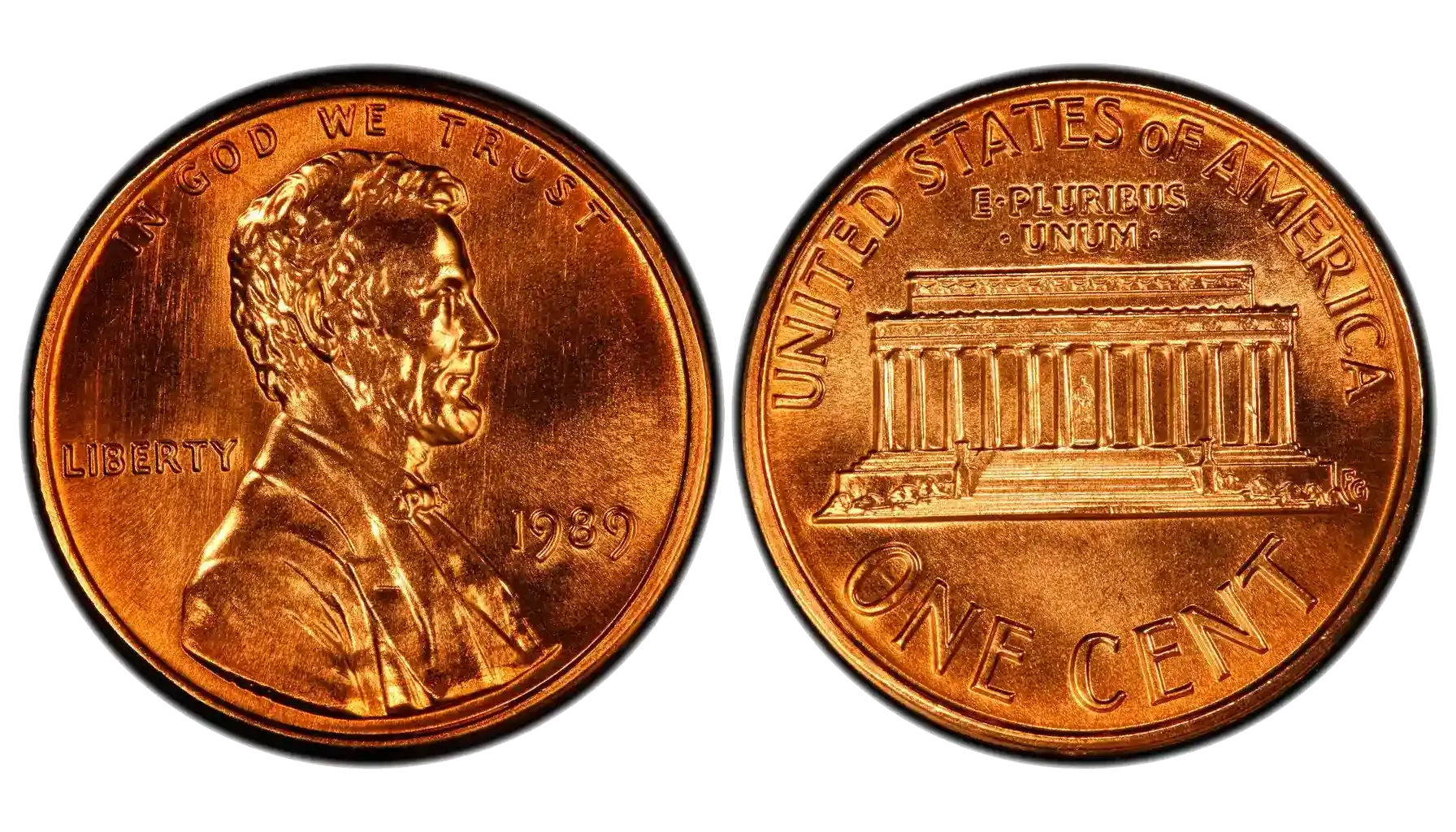
The 1989 penny no mint mark was struck at the Philadelphia Mint. This mint is responsible for producing a large portion of the nation's coinage, and historically, coins from Philadelphia often do not carry a mint mark unless specifically required by law or design changes.
This particular issue is extremely common, with billions having been produced for general circulation throughout the United States.
Composition: 97.5% zinc, 2.5% copper
Diameter: 19.05 millimeters.
Weight: 2.50 grams.
Mintage: 7,261,535,000
Market Value
Grading | Estimated Value |
Good (G-4) | $0.01 |
Fine (F-12) | $0.01 |
Extremely Fine (EF-40) | $0.01 - $0.05 |
About Uncirculated (AU-50) | $0.05 - $0.10 |
Uncirculated (MS-60 to MS-63) | $0.20 - $0.50 |
Choice Uncirculated (MS-65) | $0.60 - $1.00 |
Gem Uncirculated (MS-66 to MS-67) | $2.00 - $15.00 |
Higher Grades (MS-68+) | $20.00 - $130.00+ |
1989 D Penny Value Today
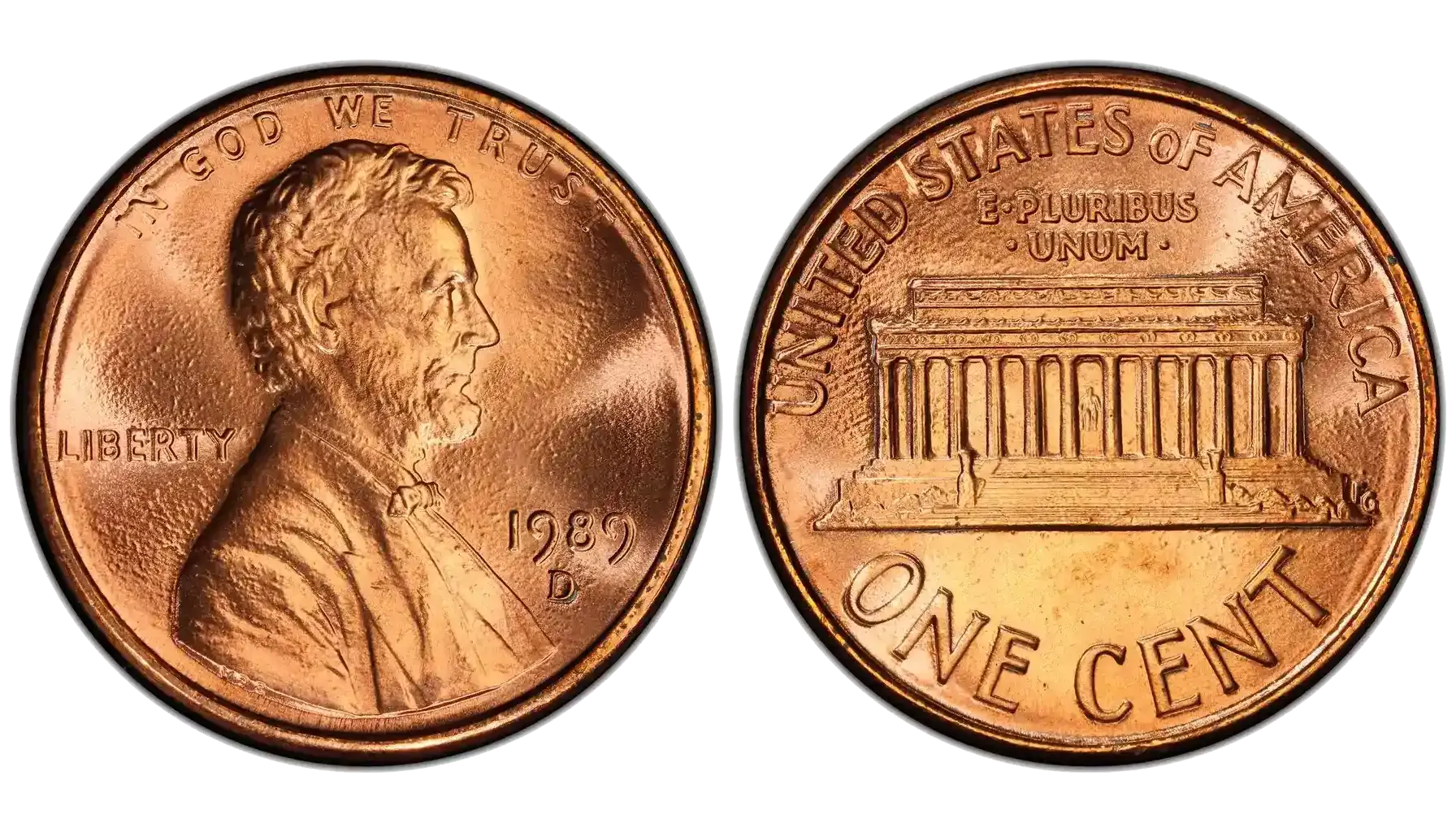
The 1989-D Lincoln Cent was struck at the Denver Mint, as indicated by the "D" mint mark found below the date. Denver also produced a vast quantity of pennies for general circulation, making standard examples readily available.
If you are asking how much is a 1989 D penny worth, in circulated condition, it's typically just one cent.
However, pristine uncirculated examples or those with rare errors can fetch more. For instance, a high-grade copper 1989 D penny value can be a few dollars if it exhibits beautiful red luster.
The 1989 D Lincoln cent was produced in large quantities, making standard examples readily available.
For those looking for a 1989 Denver penny 3.1 grams value, it is important to remember that post-1982 cents weigh 2.5 grams.
If you happen to find one weighing 3.1 grams, it would be an extremely rare error (likely struck on an incorrect bronze planchet from an earlier year), which would dramatically increase its value.
Composition: 97.5% zinc and 2.5% copper.
Diameter: 19.05 millimeters.
Weight: 2.50 grams.
Mintage: 5,345,467,111
Market Value
Grading | Estimated Value |
Good (G-4) | $0.01 |
Fine (F-12) | $0.01 |
Extremely Fine (EF-40) | $0.01 - $0.05 |
About Uncirculated (AU-50) | $0.05 - $0.10 |
Uncirculated (MS-60 to MS-63) | $0.20 - $0.60 |
Choice Uncirculated (MS-65) | $0.75 - $1.50 |
Gem Uncirculated (MS-66 to MS-67) | $2.00 - $3.00 |
Higher Grades (MS-68+) | $5.00 - $250.00+ |
1989 D Penny Double Die (Significant) | $20 - $850+ |
1989-S Proof Lincoln Cent
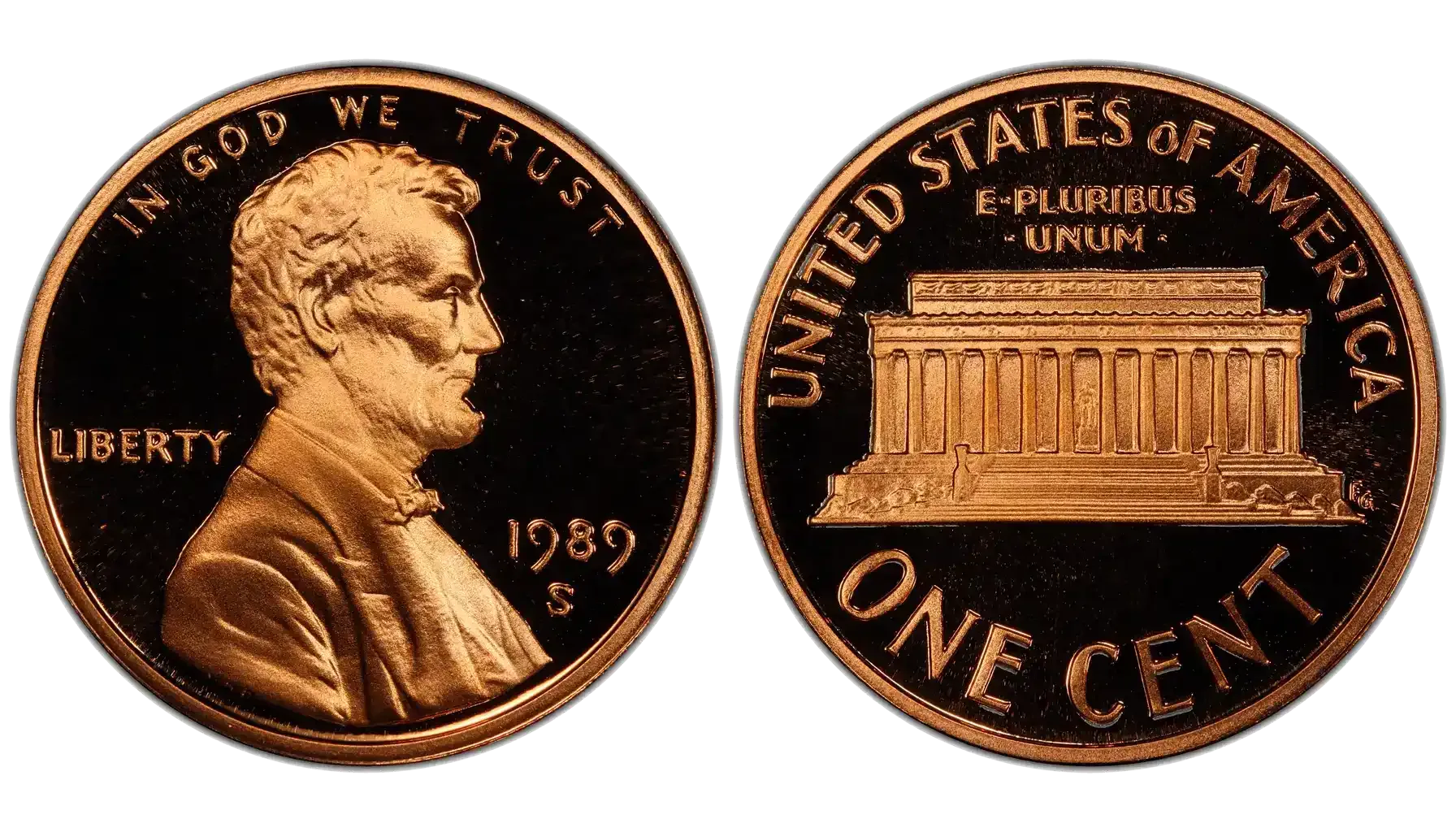
Proof coins are special strikes produced by the United States Mint primarily for collectors, not for general circulation. They are typically struck multiple times with specially prepared dies on polished planchets, resulting in a mirror-like finish and sharp, detailed designs. The "S" mint mark indicates production at the San Francisco Mint.
While a circulated 1989 penny value no mint mark might only be worth its face value, a proof coin is always worth more.
Composition: 97.5% zinc and 2.5% copper.
Diameter: 19.05 millimeters.
Weight: 2.50 grams.
Mintage: 3,220,194
Market Value
Grading | Estimated Value |
Proof (PR-60 to PR-65) | $2.00 - $5.00 |
Choice Proof (PR-66 to PR-68) | $6.00 - $10.00 |
Deep Cameo (PR-69 DCAM) | $12.00 - $50.00 |
Perfect Deep Cameo (PR-70 DCAM) | $100.00 - $1,380+ |
1989 Wide AM Penny (Error/Variety)
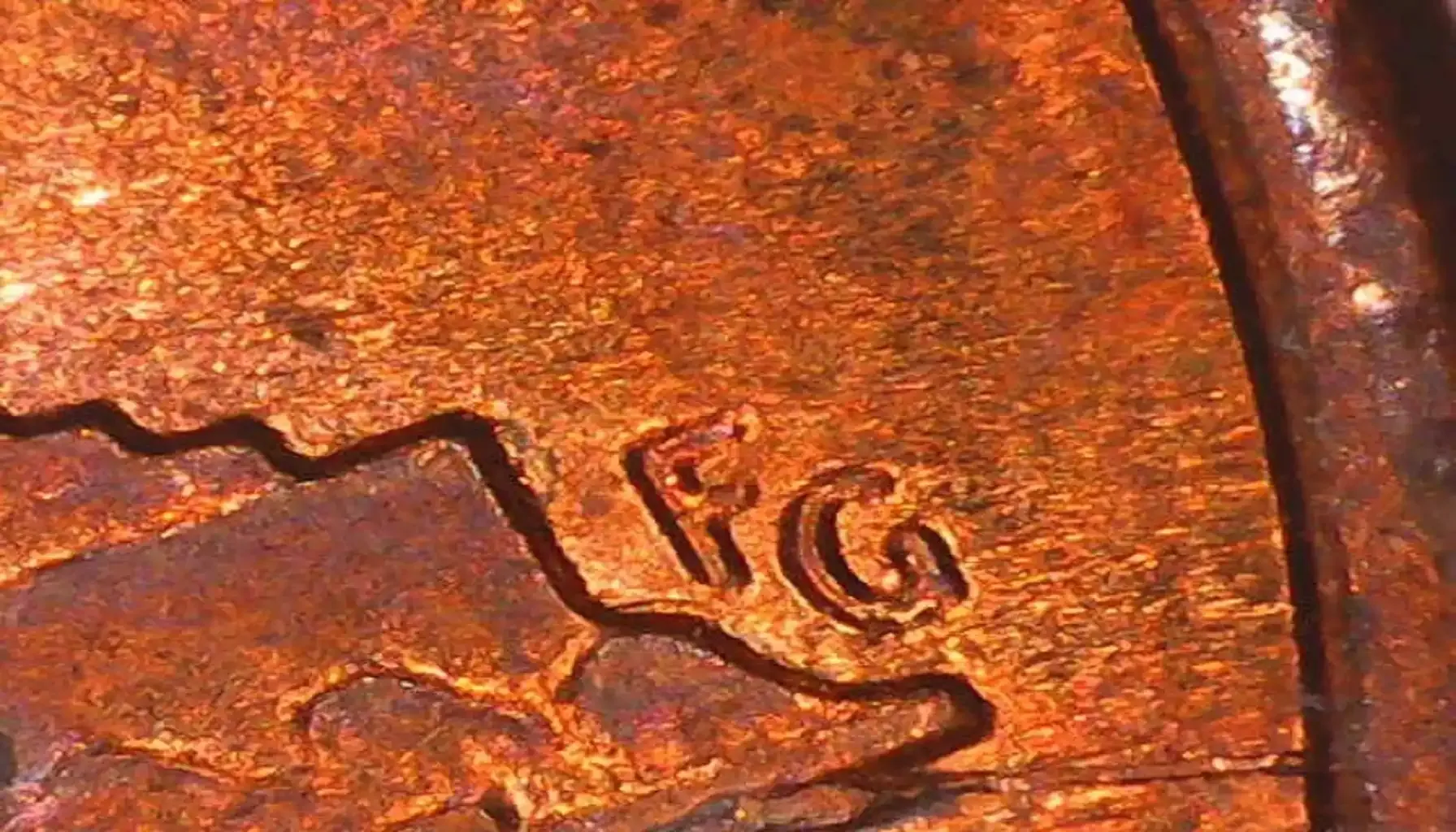
The 1989 Wide AM penny is one of the most significant error varieties for this year. This variety occurs when a proof die (which typically has a wider gap between the "A" and "M" in "AMERICA" on the reverse) is mistakenly used to strike a business-strike coin.
For the 1989-D penny error list, this is considered a significant error, as business strikes were supposed to have the "Close AM" style. This anomaly makes for a rare 1989 penny, highly sought after by collectors.
How much is a 1989 Wide AM penny worth? Its value can be substantial.
Composition: 97.5% zinc, 2.5% copper (97.5% zinc, 2.5% copper).
Diameter: 19.05 millimeters.
Weight: 2.50 grams.
Mintage: The exact mintage of Wide AM error pennies is unknown, as they were accidental releases. Their scarcity is what drives their value. They are much rarer than standard 1989 pennies.
Market Value
Grading | Estimated Value |
Fine (F-12) to About Uncirculated (AU-50) | $100 - $500 |
Uncirculated (MS-60 to MS-63) | $500 - $1,000 |
Choice Uncirculated (MS-65) | $1,000 - $2,500+ |
Gem Uncirculated (MS-66 and higher) | $2,500 - $4,000+ |
1989 Double Die Penny (Error)
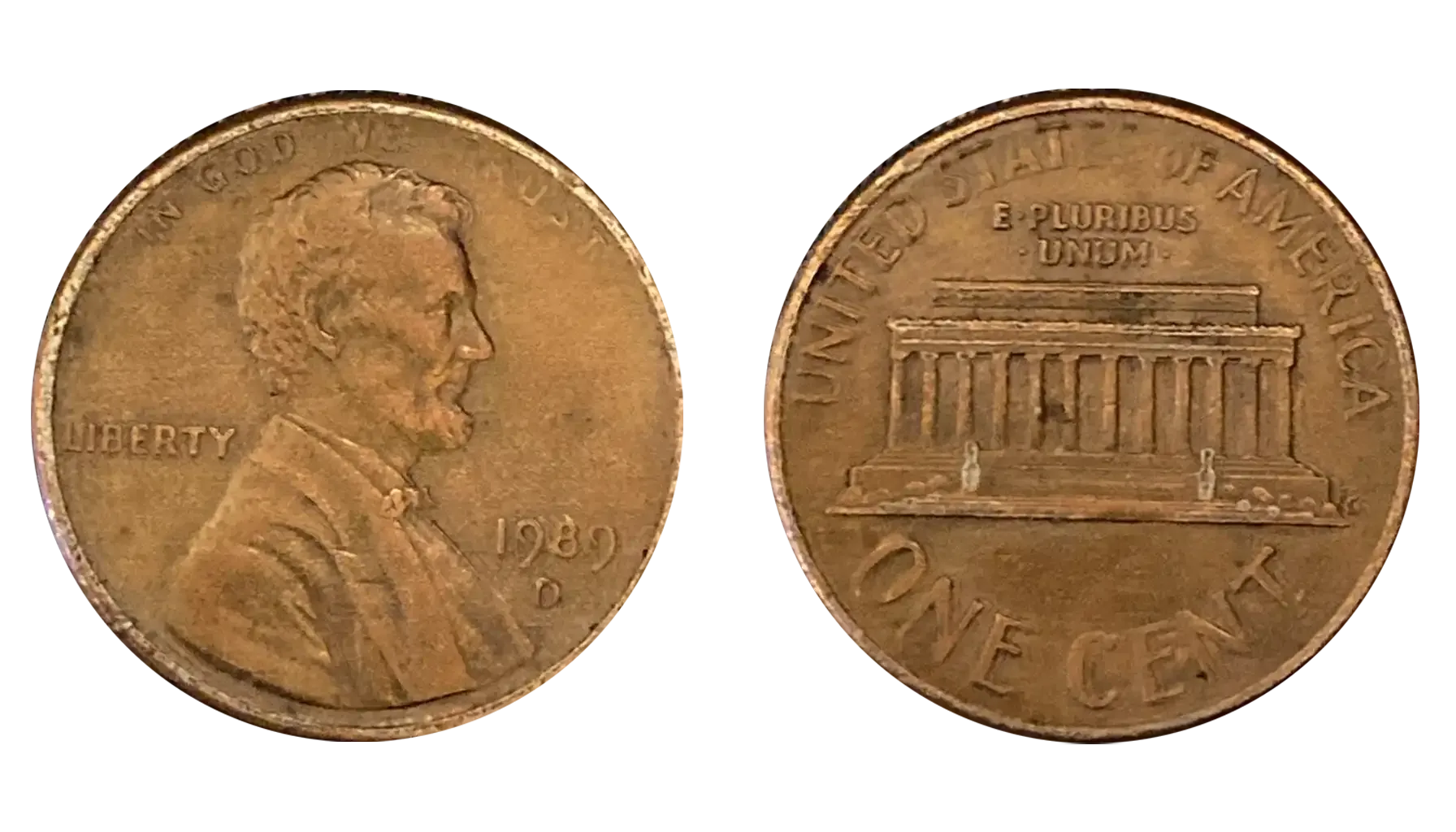
A 1989 double die penny is another type of error that can increase a coin's value. This error results from a misalignment during the hubbing process when the coin's die is being created, leading to a duplicated image on the struck coin.
The doubling can appear on the date, letters, or other design elements. While a prominent 1989 D penny double die is not as commonly reported as some other years, subtle forms of doubling can still be present and add value.
For a visual reference, a 1989 D penny error list with pictures would show how distinct the doubling should appear, differentiating it from less valuable "machine doubling."
Similarly, for those interested in a broader range, an 1980 to 1989 penny error list with pictures often highlights various types of doubling across these years.
Composition: 97.5% zinc, 2.5% copper
Diameter: 19.05 millimeters.
Weight: 2.50 grams.
Mintage: Unknown, as double die errors are accidental. Their rarity depends on the prominence and visibility of the doubling.
Market Value
Grading | Estimated Value |
Circulated (G-4 to AU-50) | $5 - $50 (for minor doubling) |
Uncirculated (MS-60 to MS-65) | $50 - $250+ (for moderate to significant doubling) |
High Grade (MS-66 and higher, prominent DDO) | $250 - $800+ |
Find Out What Your Coin is Worth
Want to know if that old coin in your pocket is worth more than a few cents? Here's a simple guide to help you check:
Appearance
The Year: What year was it made?
The Small Letter: See if there's a tiny letter under the year. Like a "D" means it was made in Denver, or an "S" for San Francisco. If there's no letter, it usually means it was made in Philadelphia. This letter helps tell you where it came from.
What Kind of Coin? Is it a penny, a nickel, a dime, or a quarter? This is the very first step to finding its value.
Condition
Used or New? Has your coin been used a lot by people? If so, it will look worn down and scratched. Coins that have been used a lot are usually not worth much more than their face value.
Shiny and New? If your coin looks like it was just made, with a bright shine and clear details, it's called "uncirculated." These are usually worth more money.
Look for the Shine: Gently tilt the coin. Does it have a nice, original sparkle? That's called "luster," and it's a good sign!
Mistakes
Double Vision: Do any letters or numbers look blurry or doubled? That's called a "doubled die" error.
Wrong Spacing: On pennies, sometimes the letters "A" and "M" in "AMERICA" on the back are spaced differently than they should be. This can be a valuable "Wide AM" error.
Other Odd Things: Is part of the coin's design missing? Or is the design not quite in the middle of the coin? These are also types of errors.
Mintage
Counting Coins: Experts keep track of how many coins were made in each year and at each mint. If very few were made, it's a rare coin.
Price
Websites: Go to coin websites like Coin ID Scanner, PCGS.com or NGC.com for free. They have guides that show coin prices and details about errors. Or via
Coin Books: There are special books, like the "Red Book" (A Guide Book of United States Coins), that list coin values.
Ask a Coin Expert: If you think your coin might be worth a lot of money, it's smart to show it to someone who collects coins professionally. They can tell you exactly what you have.
Conclusion
While most 1989 Lincoln Pennies found in everyday circulation are worth only their face value, the potential for discovering a rare variety or error makes searching through them an enjoyable and potentially rewarding hobby for coin collectors.
Understanding the nuances of mint marks, compositions, and especially the characteristics of errors like the Wide AM or doubled dies, is key to identifying a truly valuable piece among common pocket change.
And may your search yield a rare 1989 penny that significantly surpasses its humble one-cent denomination.



